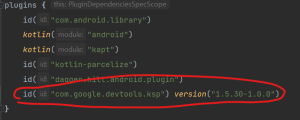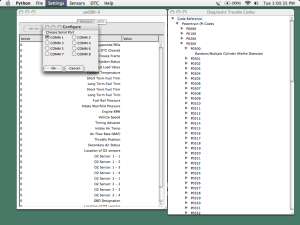Pseudocode is a concept that might have come across while diving into the programming world. Essentially, pseudocode is a way to describe a program in a natural language or plain English while incorporating programming concepts. It is an essential tool used by programmers to outline and plan their code before actually writing it. This blog post will delve into pseudocode in detail, discussing what it is, why it is useful, and how to write it effectively.
What is pseudocode?
As mentioned earlier, pseudocode is a way to describe a program in a natural language or plain English using programming concepts. It is a high-level overview of the program’s logic, but it is not a programming language. The main goal of pseudocode is to help programmers organize and plan their code before actually writing it.
Pseudocode commonly employs programming constructs such as loops, conditionals, and functions. It is written in a way that can be easily understood and interpreted, even by non-programmers. The ultimate aim of pseudocode is to create a clear, concise description of the program’s logic that can be effortlessly translated into actual code.
Why is pseudocode useful?
Pseudocode has numerous benefits that make it an invaluable tool for programmers. Here are some of the most significant advantages:
- Planning: Pseudocode is a useful tool that allows programmers to plan and organize their code before actually writing it. By creating a high-level description of the program’s logic, programmers can identify potential problems and design solutions before they start writing code.
- Communication: Pseudocode is written in a natural language, which makes it easier to communicate with non-programmers. This is especially useful when working on team projects where not everyone has a programming background.
- Flexibility: Pseudocode is not tied to any specific programming language, which makes it flexible and adaptable. Programmers can use pseudocode to plan out the logic of their code before deciding on a specific language or framework to use.
- Clarity: Pseudocode is written in a way that’s easy to understand and interpret, even for non-programmers. This makes it a useful tool for documenting code and explaining complex logic to others.
How to write pseudocode effectively:
Now that we know what pseudocode is and why it’s useful, let’s take a look at how to write it effectively. Here are some tips for writing pseudocode that’s clear, concise, and effective:
- Keep it simple: Pseudocode should be written in a natural language or plain English and avoid technical jargon. The goal is to create a high-level description of the program’s logic that’s easy to understand for everyone.
- Use common programming constructs: Pseudocode should use common programming constructs like loops, conditionals, and functions. This makes it easier to translate into actual code later on.
- Be consistent: Pseudocode should be consistent in terms of syntax and style. This makes it easier to read and understand, especially when working on team projects.
- Use comments: Pseudocode should include comments that explain the reasoning behind each step. This makes it easier to understand and modify later on.
- Test it: Pseudocode should be tested to ensure that it accurately describes the program’s logic. This can be done by reviewing it with other programmers or by translating it into actual code and testing it.
Examples of pseudocode:
To illustrate how pseudocode works, let’s take a look at some examples. Here are some examples of pseudocode for common programming tasks:
Example 1: Printing the numbers from 1 to 10.
cssCopy code<code>for i = 1 to 10 print i next</code>Example 2: Calculating the factorial of a number.
javascriptCopy code<code>function factorial(n) if n ==</code>0 or n == 1 return 1 else return n * factorial(n-1) end if end functionCopy code Example 3: Finding the largest number in an array. vbnet Copy code As you can see from these examples, pseudocode uses common programming constructs to describe the logic of a program. By using pseudocode to plan out your code, you can identify potential problems and design solutions before you start writing actual code. Conclusion: In conclusion, pseudocode is a useful tool for programmers that allows them to plan and organize their code before actually writing it. It's a high-level description of the program's logic that uses common programming constructs and natural language. Pseudocode is useful for planning, communication, flexibility, and clarity. To write pseudocode effectively, you should keep it simple, use common programming constructs, be consistent in terms of syntax and style, use comments to explain the reasoning behind each step, and test it to ensure that it accurately describes the program's logic.










